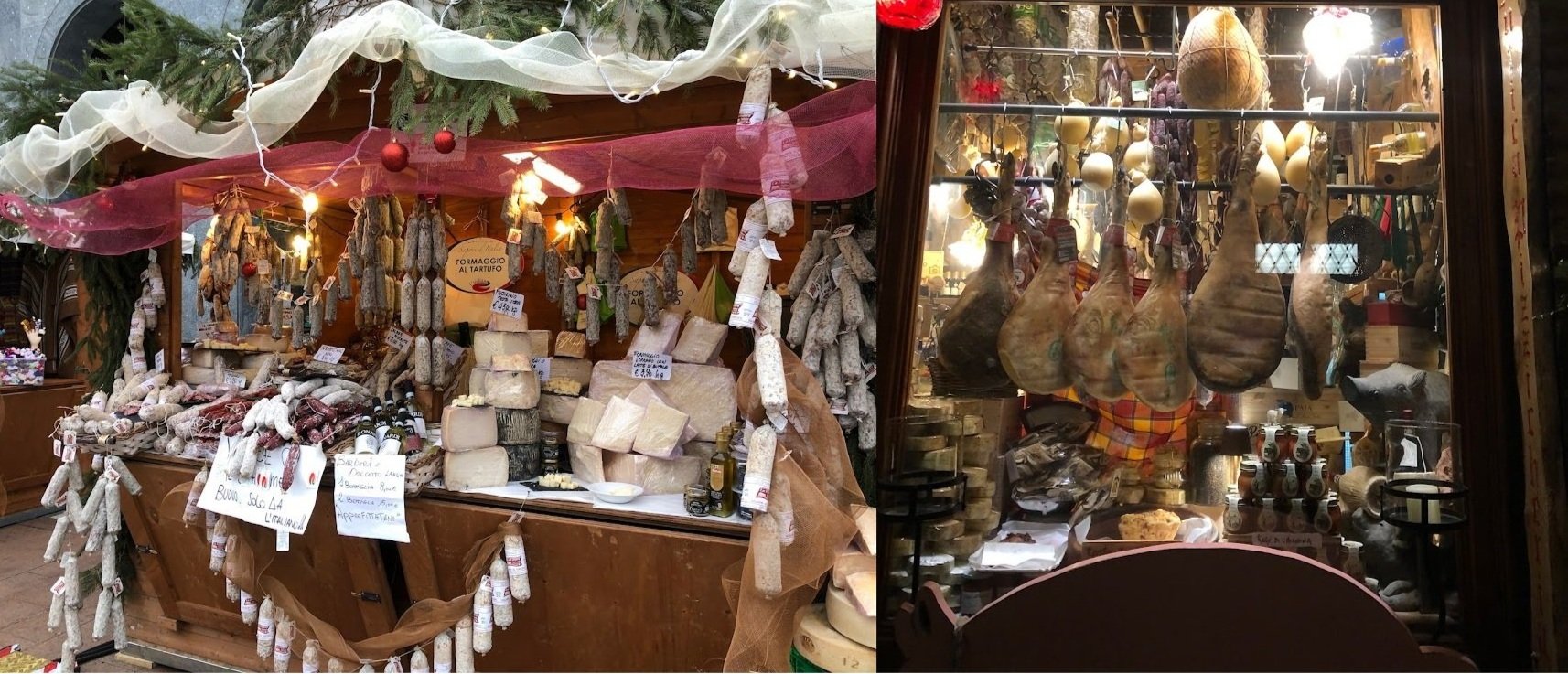“The traditional Mediterranean diet is characterized by a high intake of olive oil, fruit, nuts, vegetables, and cereals; a moderate intake of fish and poultry; a low intake of dairy products, red meat, processed meats, and sweets; and wine in moderation, consumed with meals”.
This is the description from the New England Journal of Medicine, and it’s also essentially a dream that has no bearing on reality. The Mediterranean Diet (MD) was modeled, according to some historical reviews, on an inspection of the diet of olive farmers who lived on the island of Crete in the 1950s, when the purchasing power of the average Greek citizen was 40% compared to a Frenchman’s.
From this state of depression, nutritional science created a portrait of a high-plant and oil, moderate grain, low-meat, and dairy eating pattern, and described it as the MD, despite the fact that the Mediterranean is home to ancient and diverse culinary traditions, as ancient and diverse as their people.
A single visit to Italy, Spain, or France will shatter this illusion, and most scientific literature will as well. Only in Italy can one go to a supermarket and see every square inch of the wall behind the deli counter given over to the displaying of prosciutto, while “jamon” remains one of the most celebrated Spanish foods, despite the universally claimed “low read meat consumption” typified in the MD in scientific literature.
A story from the New York Times from 1990, a period when the USDA was still recommending high amounts of liquid vegetable oil and 6-11 servings of bread and cereals per day, captures this lack of understanding of the MD.
“If anything unites the European continent it is the ubiquitous pig in all its culinary renderings,” the author wrote. “Spaniards consume jamon (pronounced ha-MONE) in vast quantities, about 25 million serrano hams and one million of the Iberico hams in 1988”. By the turn of the millennium, protein content was 200% higher than recommendations.
Now 30 years later, Spain is the EU’s largest consumer of meat, particularly the red kind, and Spanish consumers put away 1 kilo of meat per week, according to the Guardian.




